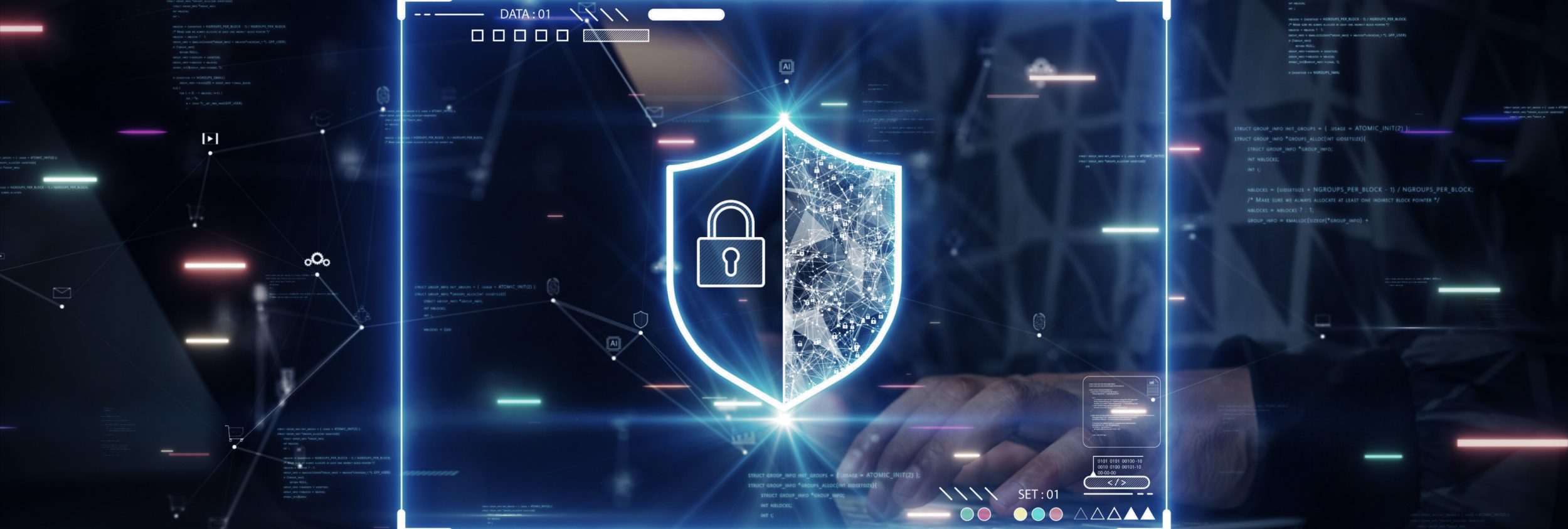
Artificial Intelligence (AI) is rapidly reshaping industries, offering organisations the ability to make faster decisions, drive innovation and improve customer/employee experiences. However, as AI adoption grows, so do the cyber security risks associated with it. The challenge lies in leveraging AI’s transformative power while ensuring robust data governance, compliance, and cyber security. Let’s explore how you can unlock AI’s potential without compromising security.
Understanding AI and the current security landscape
A 2024 study on the Digital Landscape by Ecosystm highlights key drivers for organisation’s AI adoption:
52% to improve employee experience
and productivity
49% are focused on product improvement
and innovation
46% aim to reduce
operating cost
There are many benefits of integrating AI capabilities into an organisation’s operations. However, there are risks associated with public AI platforms. Data privacy issues, model manipulation, and adversarial attacks are common risks. As AI systems become more prolific and, in some cases, autonomous, a heightened awareness of these risks and the implementation of specific security measures are necessary to mitigate the potential for malicious exploitation.
Recognising and mitigating AI-driven cyber security risks
According to the 2024 Ecosystm report, which surveyed over 200 Australian organisations, respondents recorded exploring AI across various use cases, including:
24% in customer support
14% in IT support and helpdesk automation
12% in data analytics and organisation intelligence
11% in threat detection and resolution
As AI adoption grows, organisations must take a proactive approach to security, ensuring that their AI systems remain reliable, ethical, and resilient. Here are some areas to be mindful when integrating AI into your operations:
- Adversarial attacks: AI models can be influenced by manipulated data inputs, leading to unexpected outputs. Strengthening AI model robustness helps mitigate these risks.
- Data integrity: Using strong data validation processes ensures that AI models remain accurate and resilient against compromised datasets or unintended biases.
- Protecting AI models and intellectual property: AI models contain valuable insights and proprietary information. Implementing security measures, such as encryption and access controls, prevents unauthorised access and algorithm replication attempts.
- Ensuring fairness and compliance: Regular audits and having diverse training data sets help minimise biases and ensure compliance with regulatory requirements.
- Securing API integrations: Have secure API management practices to prevent unauthorised access and maintain data privacy.
Cyber security teams are already working hard to protect their digital environments, and establishing a zero-trust environment is crucial. However, according to the 2024 Digital Landscape Ecosystm report, visibility and gaps remain significant challenges for these teams. Now, when you add AI into the mix, it’s essential to ensure that the right processes and policies are in place to safeguard your organisation.
46% struggle with a lack of visibility across assets and applications, leaving gaps that malicious actors can exploit
40% face difficulties in finding, assessing, and deploying the right security technologies
35% report challenges in ensuring that security tools align with established policies and processes
To mitigate these risks, organisations must adopt a comprehensive approach that includes continuous monitoring, risk assessment, and integrating security into every phase of AI development and deployment.
Best practices for safeguarding AI systems
- Integrate security from the start: Incorporate security protocols during the development phase rather than as an afterthought. This approach ensures vulnerabilities are minimised before deployment.
- Enhance visibility and monitoring: Establish monitoring tools that provide real-time visibility into AI systems and their interactions. Utilise technologies such as Security Information and Event Management (SIEM) to detect anomalies early and respond swiftly to potential threats.
- Regular risk assessments: Continuously evaluate your digital environment for new vulnerabilities and threats. Regular audits and penetration testing identify weaknesses before they can be exploited.
- Data governance and compliance: Implement strict data governance policies to ensure data integrity and compliance with regulations such as the Notifiable Data Breaches (NDB) scheme. Ensure that AI models are trained on secure, unbiased, and anonymised datasets.
- Align security tools with policies and roles: Ensure that your security tools are capable of protecting the organisation from public AI engines and are also aligned with your organisation's policies, processes, and even role-based access controls. An example is restricting the ability to enter sensitive data into public AI engines and that user roles are appropriate to maintain security. This approach creates a cohesive defence mechanism that is both effective and compliant. Utilise frameworks like NIST Cyber Security Framework, ISO27001, and the ACSC’s Essential 8 to guide your security strategy.
- Invest in skill development: Provide your cyber security teams with the necessary training to address AI-specific risks, such as adversarial attacks, data manipulation, and other vulnerabilities unique to AI systems. This ensures they can proactively mitigate threats and protect your organization's AI assets.
Balancing AI advancements and cyber security
AI offers unprecedented opportunities for innovation and efficiency, but it also demands a proactive approach to cyber security. By understanding the evolving AI security landscape, recognising potential risks, and implementing best practices, organisations can unlock AI’s full potential without compromising on security. Embracing this balanced approach ensures that organisations remain both innovative and resilient in an increasingly digital world.
Our team of experts is dedicated to helping you navigate the complexities of AI security, ensuring your systems are not only innovative but also secure and compliant. Together, we can unlock the full potential of AI while maintaining the highest standards of security and data integrity.
Reach out to us today to learn how we can support your AI initiatives and strengthen your cyber security defences.
More articles to explore


